Ever missed your favorite TV show because of bad timing? Those days are gone!
In the world of watching and recording, there’s a small box with big powers that changed how we view our programs. No more rushing home or setting clocks – this magic device captures everything while you’re away.
Like a loyal camera assistant that never sleeps, it stands guard by your TV, ready to catch every moment worth saving.
From pause buttons that freeze time to smart controls that know what you want before you do – welcome to the world of Digital Video Recorders.
Let’s zoom in and focus on what makes this technology so special in our daily lives.
What is a DVR?
A DVR, or Digital Video Recorder, records video digitally to a disk drive or other storage. Unlike VCR systems that use magnetic tapes, DVRs allow easier access and management of content.
The main function of a DVR is to capture video from TV broadcasts, cable, or satellite signals for later viewing, enabling users to watch shows at their convenience instead of at fixed times.
The main parts of a DVR include:
- A tuner that receives television signals
- A hard drive for storing recorded content
- Processing hardware that converts incoming signals to digital files
- Software that helps users control and manage recordings
- A user interface for easy operation
Features and Functions of a DVR
DVRs come with several key functions that make TV watching more flexible:
- Multi-Recording: Most DVRs can record multiple shows at once while you watch something else, saving everything in clear digital format.
- Smart Scheduling: Set up recordings by show name instead of time slot. Your DVR finds and records programs even if their broadcast time changes.
- Pause Control: Stop live TV when needed and return without missing anything. Skip through ads or replay sections you want to see again.
- Storage Options: Keep many hours of content based on quality settings and device size. Sort recordings into folders for quick access.
- Remote Setup: Connect to the internet to schedule recordings from anywhere and stream content to phones and tablets.
How Does a DVR Work?
A DVR works through a series of technical steps that convert television signals into digital files you can watch later:
1. Signal capture: The DVR receives video signals from sources like cable connections, satellite dishes, or antennas. These incoming signals carry the programs you want to record.
2. Analog-to-digital conversion: For older analog signals, the DVR converts them to digital format. This happens by sampling the signal at regular intervals and creating digital values that represent the video content.
3. Compression: To save space on the hard drive, the DVR uses compression methods like MPEG to make the files smaller while keeping good visual quality. This lets you store more hours of content.
4. Storage: The compressed video data gets saved to the internal hard drive. Modern DVRs can hold many hours of recordings depending on their storage capacity and the quality settings you choose.
5. Playback and access: The DVR’s user interface lets you find and play your saved shows. When you select something to watch, the system finds the right file on the hard drive.
6. Decoding: During playback, the DVR decodes the compressed data back into a format your TV can display. This process reconstructs the video signal so you can view your recorded content with good quality.
This digital approach offers advantages over older VCR systems, including better picture quality, easier navigation, and more reliable recording.
For detailed information on how a digital video recorder operates, check out this video by Learn CCTV
Pros & Cons of Using a DVR
Before adding a DVR to your entertainment setup, it’s worth looking at both sides of the recording coin.
Let’s focus our lens on what makes these devices helpful and what might cause some users to think twice.
Pros
|
Cons
|
DVR vs. NVR: What’s the Difference?
When picking a video recording system, the choice often comes down to two main options. Let’s compare these technologies side by side to help you make the right call for your specific needs.
| Aspect | DVR (Digital Video Recorder) | NVR (Network Video Recorder) |
|---|---|---|
| Basic Function | Records video from analog cameras after converting signals to digital format | Records already-digital video streams sent from IP cameras over a network |
| Camera Type | Works with analog CCTV cameras | Works with IP (Internet Protocol) cameras |
| Signal Process | Processes and converts analog signals to digital in the DVR unit | Cameras process their own signals; NVR only stores and manages data |
| Video Quality | Typically limited to 720p or 1080p resolution | Supports higher resolutions up to 4K and beyond |
| Installation | Requires running cables from each camera to the DVR unit | Only needs cameras connected to the same network as the NVR |
| Flexibility | Less flexible; adding cameras means running new cables | More flexible; add cameras anywhere with network access |
| Security | Less vulnerable to hacking (closed system) | More features but potential network security concerns |
| Best For | Small setups with fixed camera positions | Larger systems needing high quality and easy expansion |
Both systems have their place depending on your specific needs, budget, and existing setup.
That’s a Wrap: DVRs in Focus
Like the final shot of a well-made film, we’ve now seen the full picture of what DVR technology brings to your screen time.
This small but mighty box sits quietly behind your entertainment setup, working like a skilled camera operator to capture all your shows perfectly. From recording multiple channels at once to letting you fast-forward through the boring parts, a DVR puts you in the director’s chair of your viewing experience.
While both DVR and NVR systems have their place in today’s digital world, choosing the right one depends on your needs, space, and budget. Have you made the switch to DVR yet?
Which feature would help your viewing habits most? Focus your thoughts and shoot us a comment below!

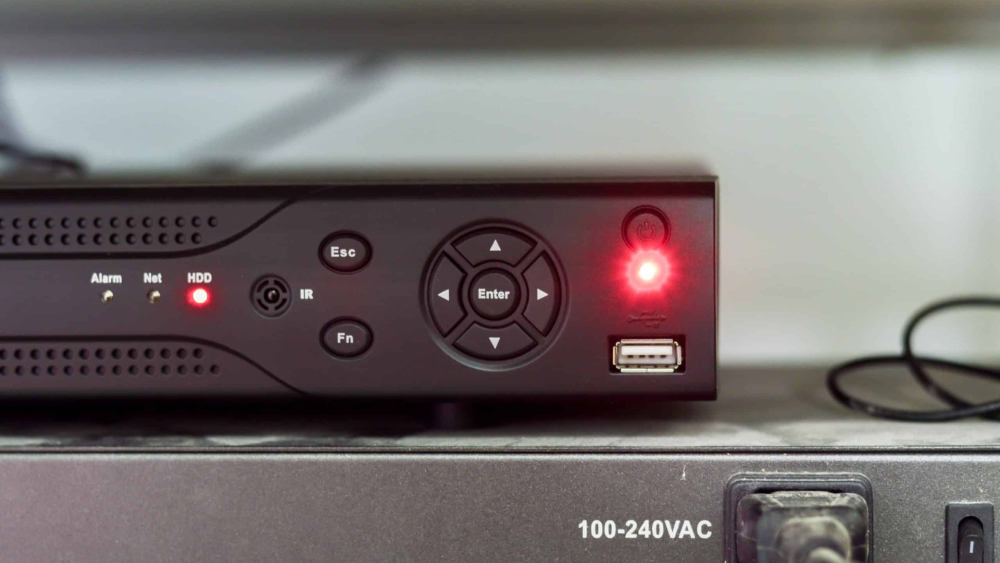
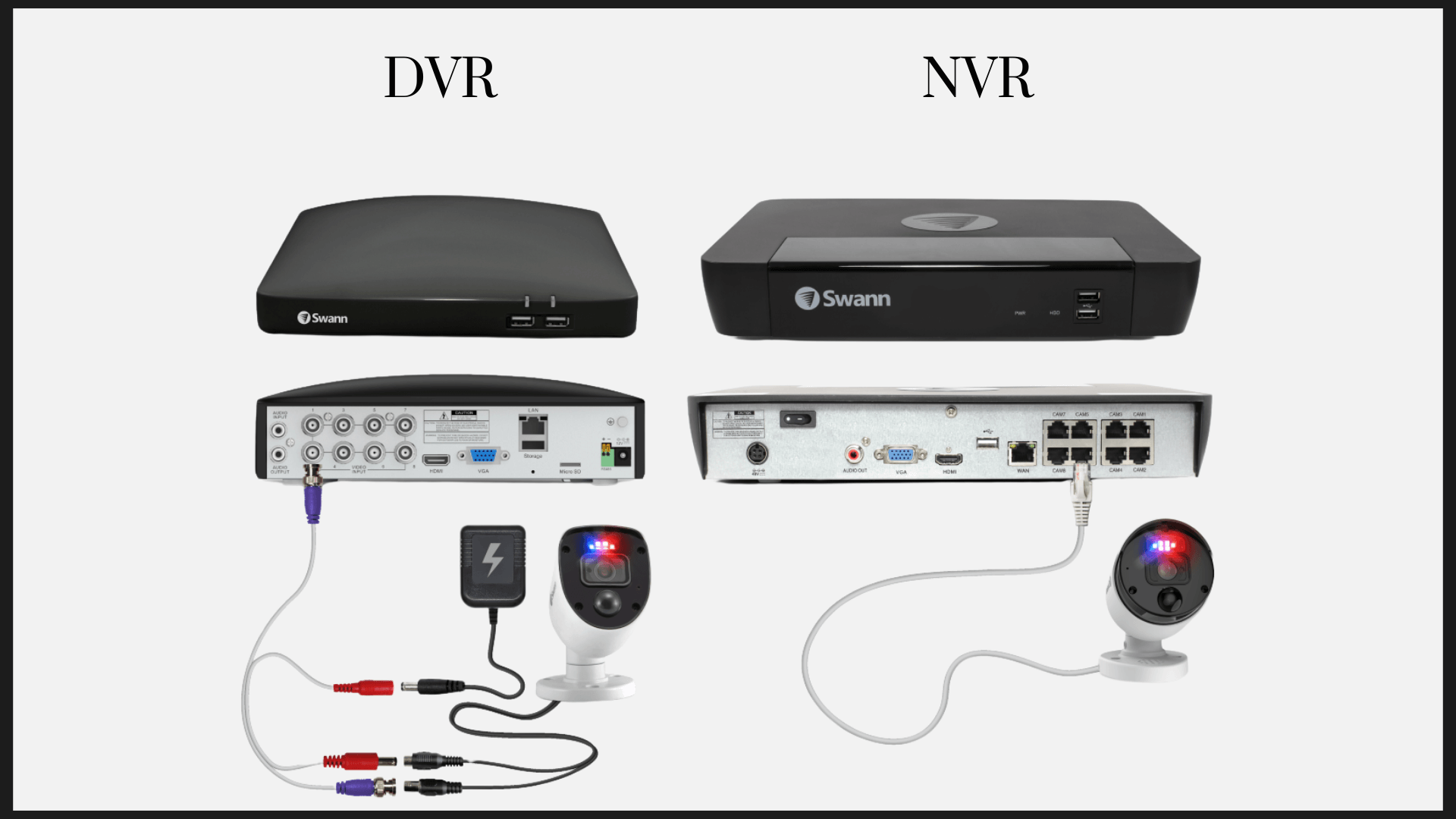
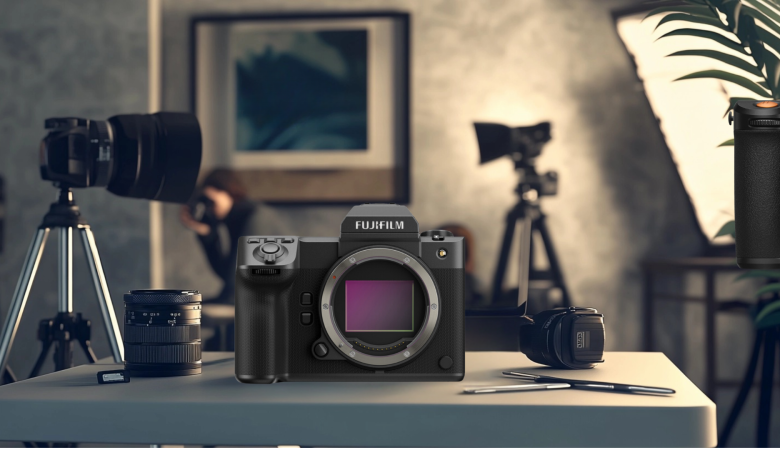
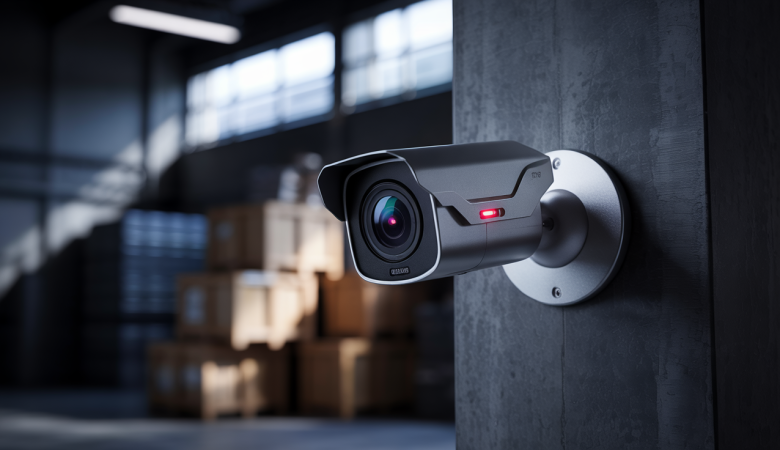
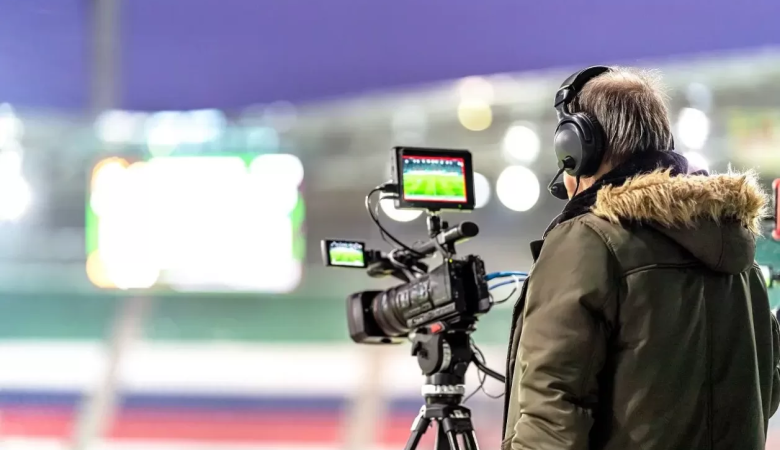
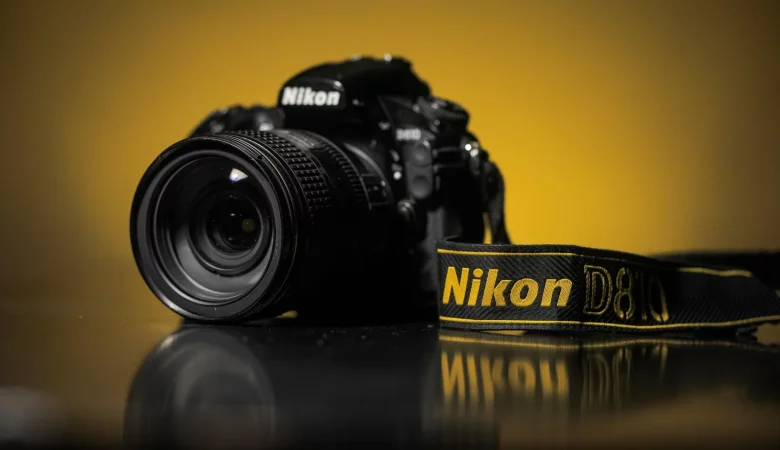
Leave a Reply